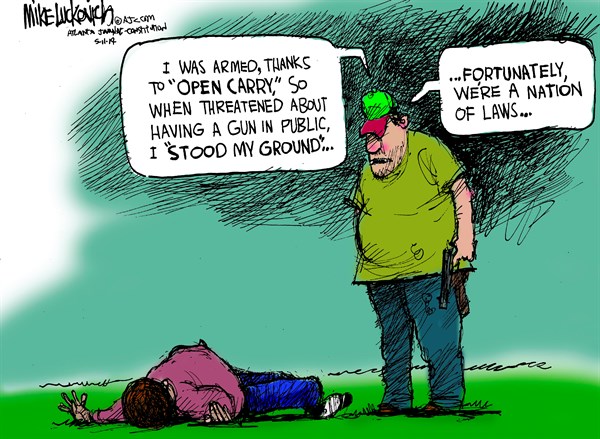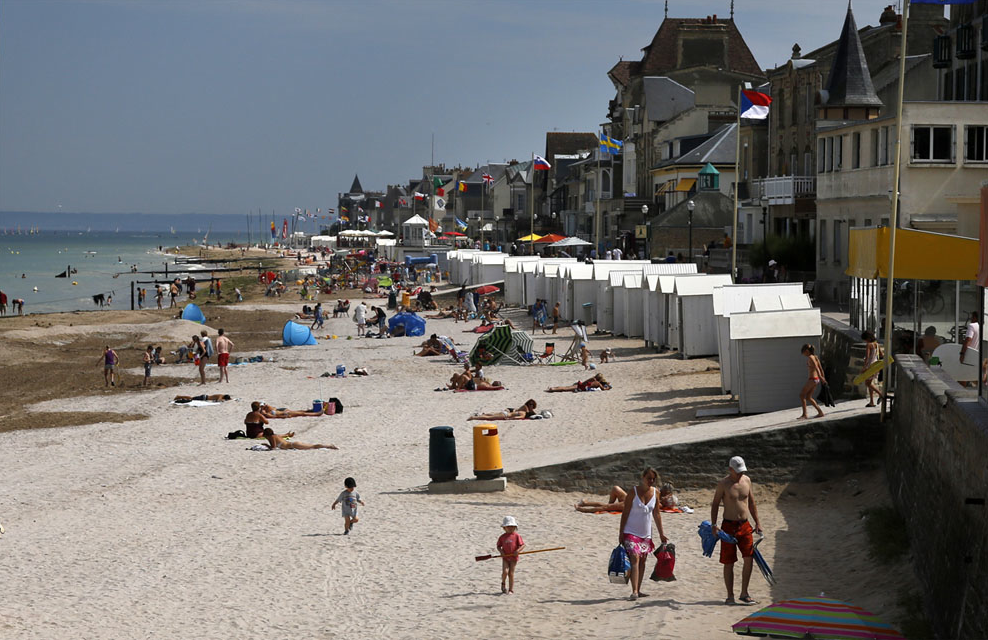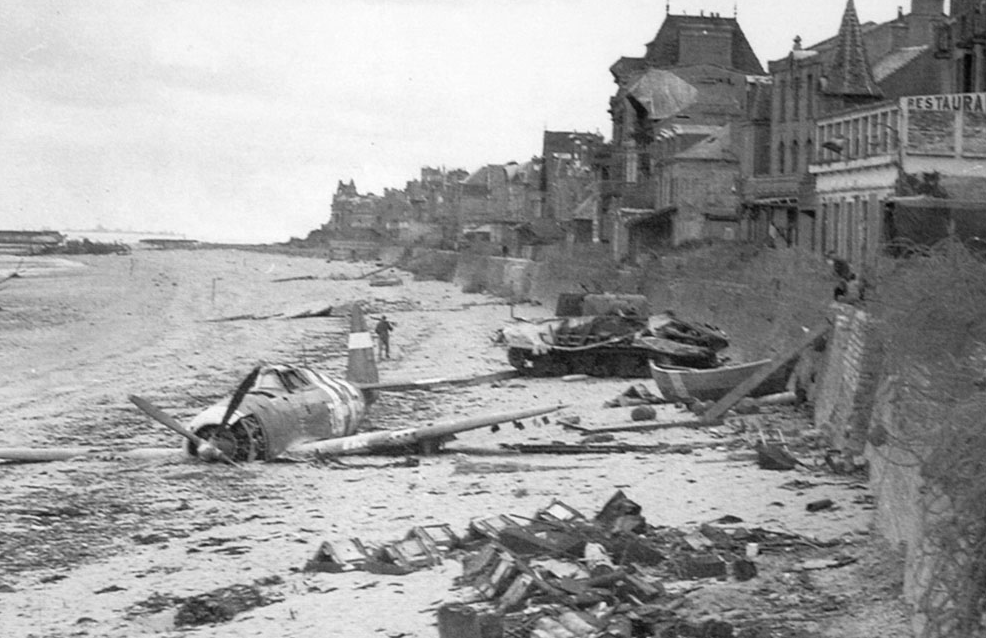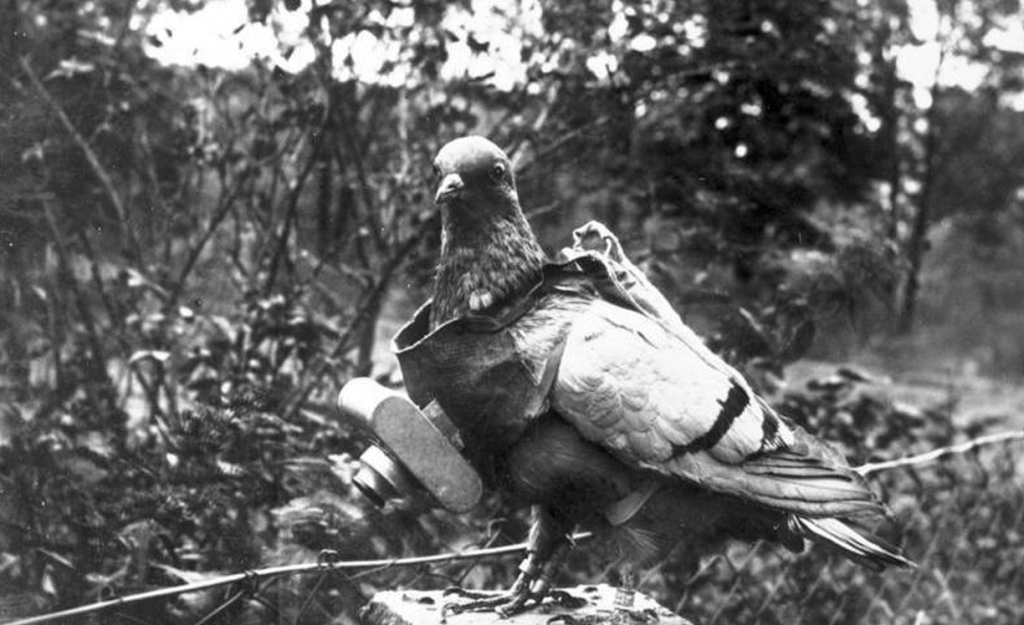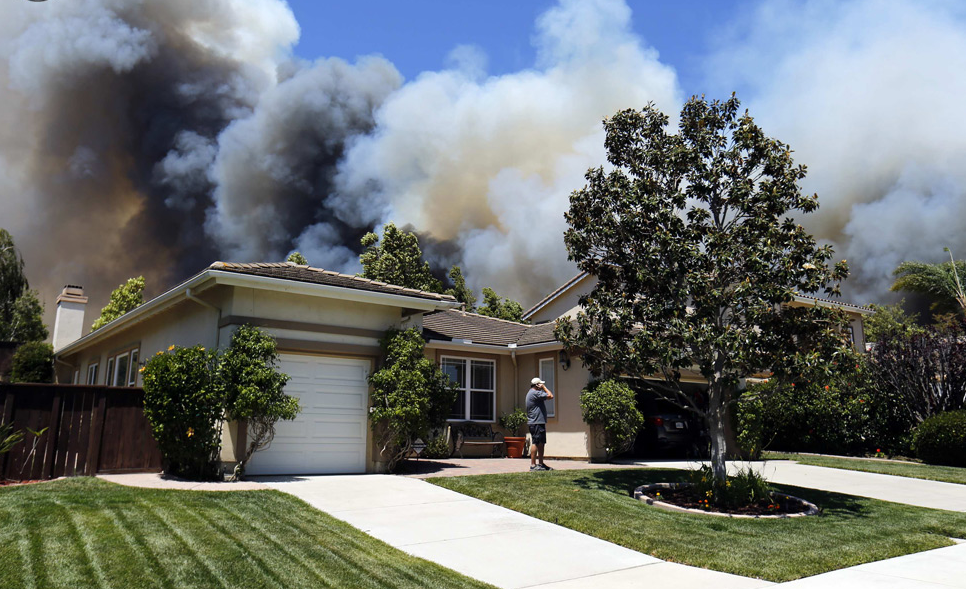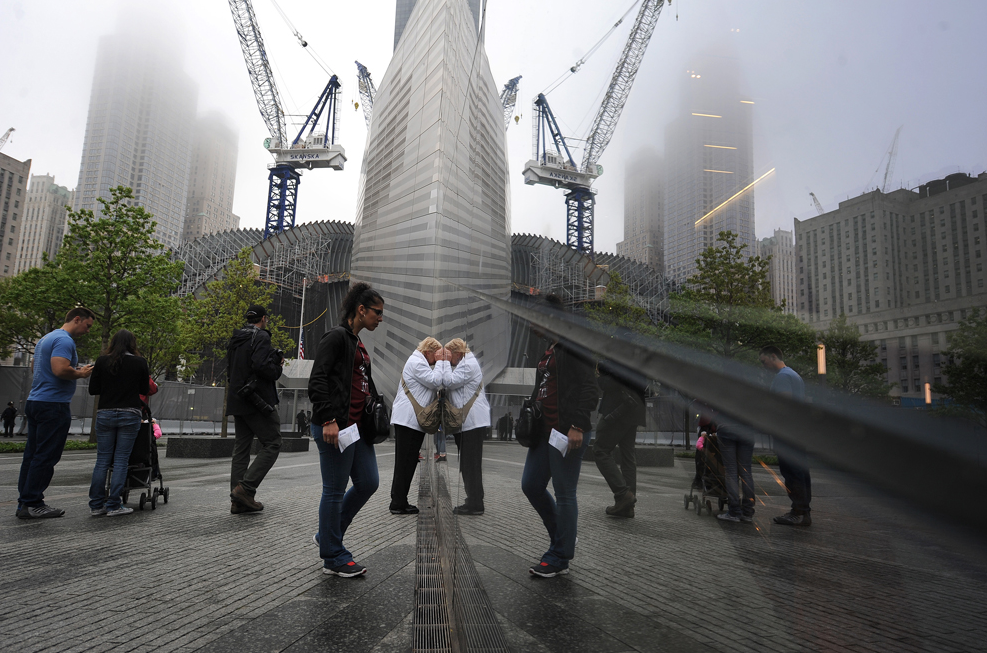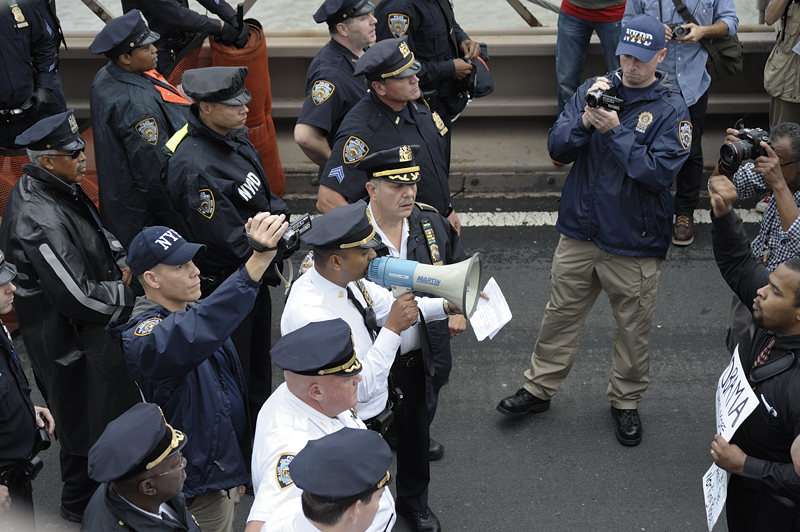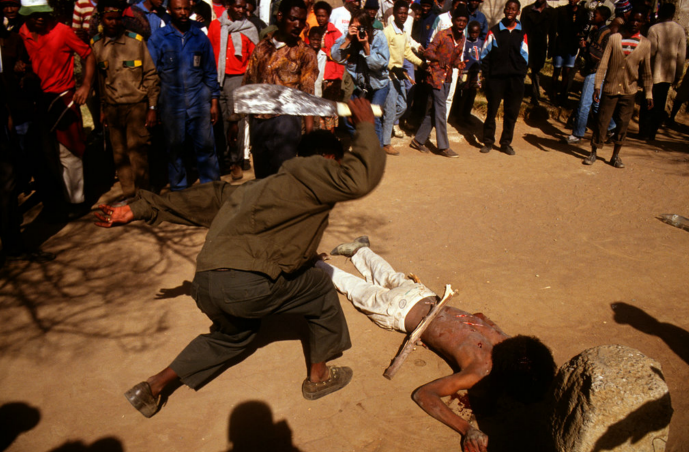The post today can be somewhat brief, not because there isn’t much to say, but rather because, well, we’ve said it several times already (e.g., here and here), most recently two weeks ago (here). Today’s photograph simply makes the point in dramatic fashion.
Wildfires are overrunning different parts of the world and in ways that are completely out of synch with normal weather patterns … and in ways that really ought to be of some serious concern. They are catastrophic in their effects, both economically and environmentally. But the bigger catastrophe—or perhaps the proper term is “tragedy”—is that we seem to have begun to take them wholly for granted, treating them as the new normal. Or, as in the photograph above, treating it as an interesting backdrop to an otherwise romantic scene of personal avowal and commitment. What better way, after all, to secure one’s wedding vows—“for better or for worse, through sickness and in health”—than to locate the beginning of one’s life long future with another person against the conflagration that apparently promises to be there forever and anon.
It really is hard to know what to make of this photograph. For one thing it has appeared at a number of different “pictures of the week” slide shows for different national news groups, none of which otherwise pointed to or commented on the wildfires burning in the background. And even if there was something “new” to report on this account, its not like one more photograph of the fire is adding probative evidence to make a claim about basic facticity. I mean, does anyone really question whether these wildfires exist (even as I write that I know that there have to be “fire deniers” somewhere in the world, but for the remaining 99.99% of the population, do we really need one more picture of a wildfire to make the case that such fires are and have been raging out of control?). That said, it should also be noted that the photograph is being taken by a photojournalist, not a wedding photographer, and yet it is also something of a mashup of two photographic genres. So if the photograph is not contributing to the “news” what is it doing?
One answer to this question might be that it is offering evidence of a pervasive attitude—and attitudes, of course, are incipient actions.The caption identifies a couple near Bend, Oregon posing for a wedding portrait. It is hard to register the photograph as anything other than a publicity stunt, perhaps an advertisement for the next apocalyptic movie to come down the pike. But, there you have it, its a “real” photograph of a real couple. Why settle for a lake or a pond or a nestled grove of trees to mark your nuptials for posterity when you can have a raging wildfire in the background! The fire was apparently close enough that the minister performed a “shortened ceremony” so that the wedding party could be safely transported elsewhere for the reception, but then again it was not so close that the couple seems distracted by it from the passionate fires that burn within their own breasts (or so we might assume). The irony is astonishing. Then again, perhaps the irony here cuts in a different direction if we can assume that this woman and this man are actually dedicated environmentalists and that they are using the occasion of their union to call attention cynically to the inanity of such rituals and ceremonies when in fact the world is ablaze—and the fire is getting ever closer. Perhaps in the next moment (or at least after their reception) they peel off their wedding vestments and don the attire of activists concerned to alert the world to the need to address the problem. Maybe. It’s hard to know. It would certainly make for an interesting movie.
However you read the photograph—whatever attitude you note or potential action you see— there can be little doubt that it pictures a profound problem that surely predicts a troubling future. Right now it seems to point to a tragic outcome, particularly if we persist in accepting the background in the photograph as just another backdrop for a dramatic wedding portrait. The fire, after all, will only continue to burn brighter and to get closer. If we continue to ignore that problem, however, or worse, if recast it as something which is altogether normal, it is possible that the story which points to a tragedy will end as a farce.
For better or for worse … indeed.
Credit: Josh Newton/AP

